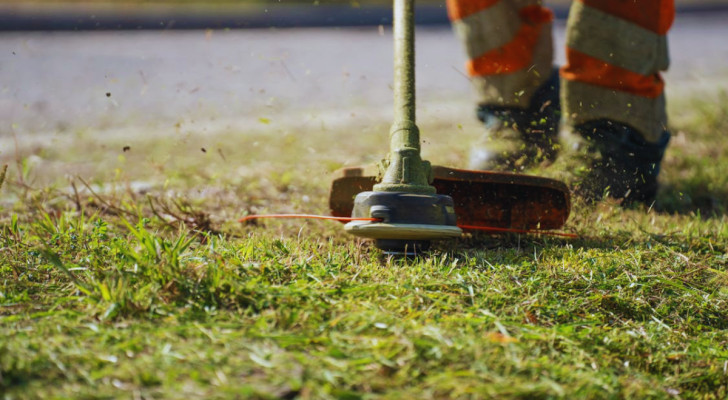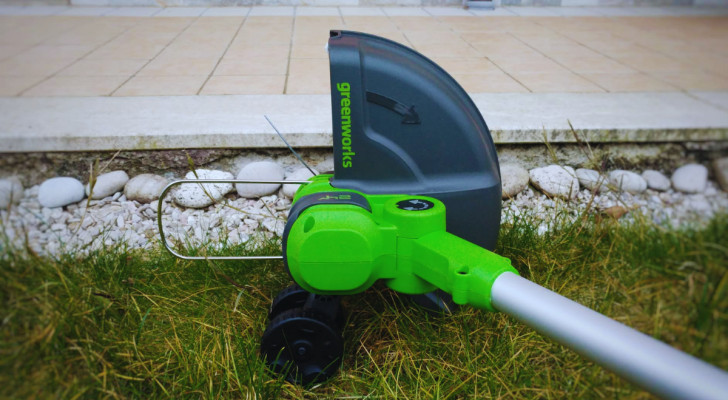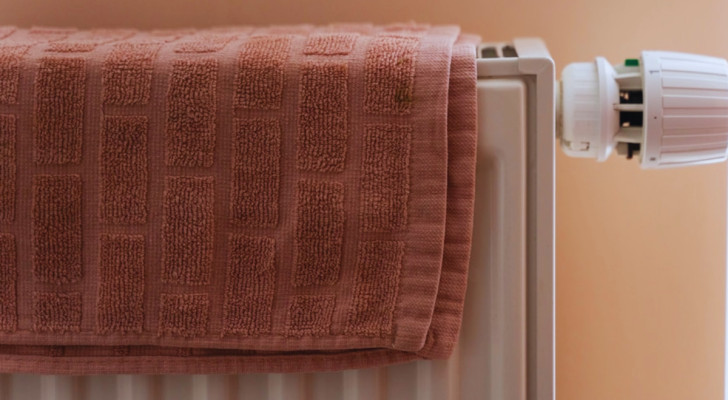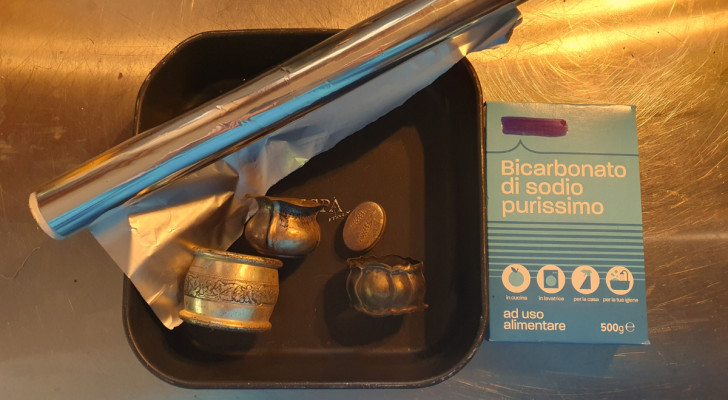Brush cutter maintenance: things to remember to keep yours in perfect working order

Pascal Küffer/Pexels
Amongst the tools that and be found in any serious gardener's toolshed, is a brush cutter - aka a trimmer, a strimmer, an edger or a weed-whacker. Typically used frequently by most, a brush cutter needs to be properly maintained to prolong its useful working life.
A brush cutter is most often used where a lawnmower cannot go - usually along border edges, tight corners or where the grass or brush is very tall and thick. And to ensure your brush cutter operates properly, you need to take care of its blades, filter and more. Let's check out how to do this in more detail below:
Cleaning after each use

The first step in proper maintenance of a brush cutter, is to clean away the bulk of the dirt that gets onto it after each use:
- Remove all the "bits and pieces" (typically, fragments of grass, leaves and twigs) that remain stuck between the blades and around the blades housing. Use workman's or gardening gloves to do this and be careful of the sharp blades or hot engine parts;
- Check the air filter: modern brush cutters have a filter that prevents small particles from getting into the engine. Usually, the filter is easy to find and check (but consult the manufacturer's instructions, if in doubt). Especially after an intense session of use, it is best to check if the filter is dirty or damaged. In fact, a damaged or blocked filter could cause your brush cutter to under-perform or even break down;
- Clean the outside: the entire outer body of the brush cutter will usually get covered in dirt, dust, mud splatter and more as you use it. Get a damp cloth and wipe off all the dirt that has settled on the external parts, including the handle and blades column.
Care of line and bladed brush cutters

Depending on the types of plants to be cut in a garden, brush cutters can be equipped with metal blades (or even disc blades) or very strong, nylon/plastic line.
Bladed brush cutters
- It is important to keep the blades in excellent condition. To this end, they need to be sharpened regularly to remain effective. There are files or blade sharpeners that you can purchase to carry out this chore, but always consult the manufacturers' instructions first to ensure your sharpening tools are compatible with your brush cutter's model;
- You should also check that the blades do not have any cracks or chips in them. If they do, you will need to replace them.
- Lubrication: before using your brush cutter, oil all the moving parts and any friction points with an appropriate lubricant. This will allow your brush cutter to operate smoothly without overheating, and will also prevent the formation of rust.
Line brush cutters
The biggest problem with these models is that the nylon line gets shorter with each use. Usually, the line spool is housed on the underside of the cutting housing and must be extracted to be changed.
- Before use, make sure there is enough line on the line spool;
- Always have other full spools ready for use, making sure they are the correct type. Putting a thinner line on a spool will compromise the performance of the brush cutter;
- The line must be changed when damaged or becomes brittle or frayed;
- As the line is usually made of nylon or plastic compounds, it can become brittle if not stored properly. Avoid this by storing the line in a cool, dry place, out of exposure to direct sunlight and inclement weather. Some also prefer to wet the line to prevent it from becoming brittle prematurely.
Other useful tips for brush cutter maintenance
Aside from the above, here's a few other things you should do to take proper care of your brush cutter:
- Take care of the engine: use the correct fuel if your brush cutter is a non-electrical or battery-powered model, and always check the fuel level. Avoid using fuel mixtures other than those recommended by the manufacturer. Also, check the condition of the spark plugs and clean or replace them, if necessary. Periodically inspect the carburetor, ensuring that it is clean and functioning properly;
- Store the brush cutter away properly: never leave your brush cutter outside and exposed to the elements (even if it doesn't rain much in your region). Clean the brush cutter thoroughly before placing it into storage for long periods. If you're not going to use your brush cutter for more than a month, it is advisable to empty the fuel tank to avoid any residue settling and compromising the carburetor. Store the brush cutter in a dry, cool spot, away from direct sunlight and humidity;
- Inspect all the joints periodically and ensure that all the nuts and bolts are on tight;
- If you use your brush cutter regularly, it is always a good idea to have it checked by experts once a year (or once every two years at the most).
Take care of your brush cutter, and your brush cutter will take care of you!





